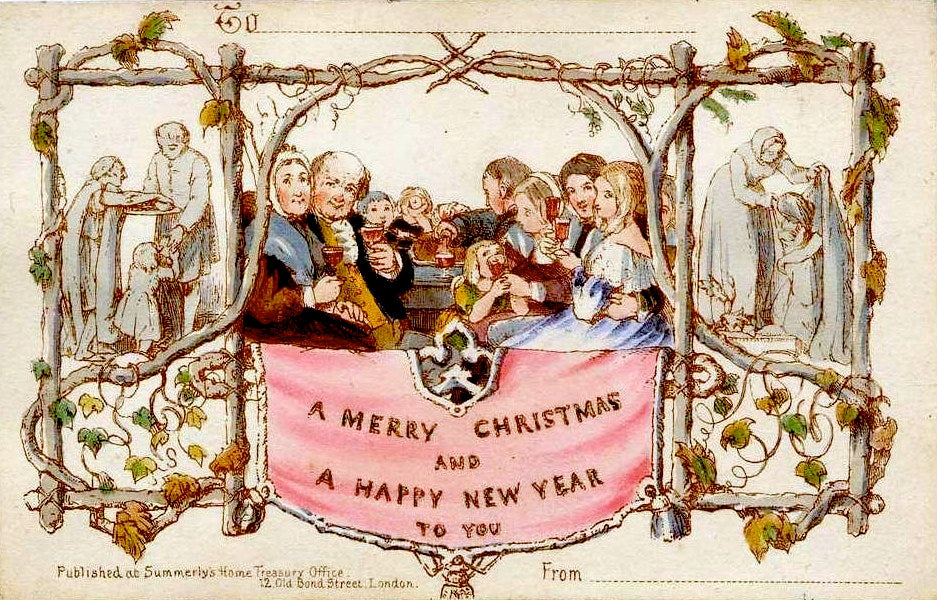
This year it’s estimated that we British will give over 2 billion greeting cards to friends and loved ones, covering all manner of occasions from birthdays to good luck, new home to new job, graduation and much more besides.
Sending a greeting card remains as popular as ever and although historically countries worldwide ranging from India to Germany also send cards, none make such a gesture of it and are so in love with greetings as we Brits are!
For centuries people have been crafting their own paper creations, the ancient Egyptians used papyrus, the Chinese exchanged messages of good will to celebrate the New Year, 15th Century Europeans used woodcut printing methods and exchanged handmade paper Valentines and Victorians adorned their cards with intricate lace and embroidery. These sort of cards were a luxurious, handmade labour of love, relatively expensive to make and would have been delivered by hand.
The first known valentine card can be traced back to 1415 (the oldest example of a printed Valentine card is held in the British Museum) but it wasn’t until the early 1800s and the Penny Post that sending cards became a popular and affordable means of personal communication. This came about with advances in printing and with the introduction of the world’s first postage stamp in 1840.
Sir Henry Cole was a man who was passionate about British art and culture, a driving force behind the Great Exhibition, The Royal Albert Hall and the V&A Museum and he was instrumental in helping create the Penny Post and the reform of the postal service. In 1840, Henry Cole helped Rowland Hill to establish the Penny Post which made sending cards not only viable but helped the greeting card industry become a commercial success, the beginning of where it is today.
Inspired by his love of the printed form Sir Henry Cole commissioned artist John Calcott Horsley to produce one of the first commercial greeting cards. They produced 1000 lithographic copies each one coloured by hand which was sent to Sir Henry’s friends and acquaintances then the remainder advertised for sale.

“Just published. A Christmas Congratulation Card: or picture emblematical of Old English Festivity to Perpetuate kind recollections between Dear Friends.”
— Advert for Henry Coles first Christmas card.
Sending greeting cards for us British is synonymous with the image of the traditional red post box – clutching a secret Valentine's card, walking down the street excited to post a letter to Father Christmas! Since the Victorian era, most of our best wishes, congratulations, condolences and Happy Birthdays have been sent through the post and the history of the British greeting card has been shaped by our beloved Royal Mail.
The British tradition of sending cards continues to thrive. Despite explosive growth in electronic technology and the birth of the electronic greeting card in the late 1990s the tactile nature of cards still warms the heart, people still love print and the feel of a card in their hands. Sending a card is historical, traditional and, above all, emotional.

Sharon Little from the Greeting Card Association explains that: "It’s been scientifically proven that receiving cards makes people feel far more special and cared for than any kind of e-communication including texts, social media messages or e-cards."
Choosing and sending a card to a friend and loved one is a very personal and thoughtful human touch and that’s why we love it so much. Make someone feel special and smile today!
